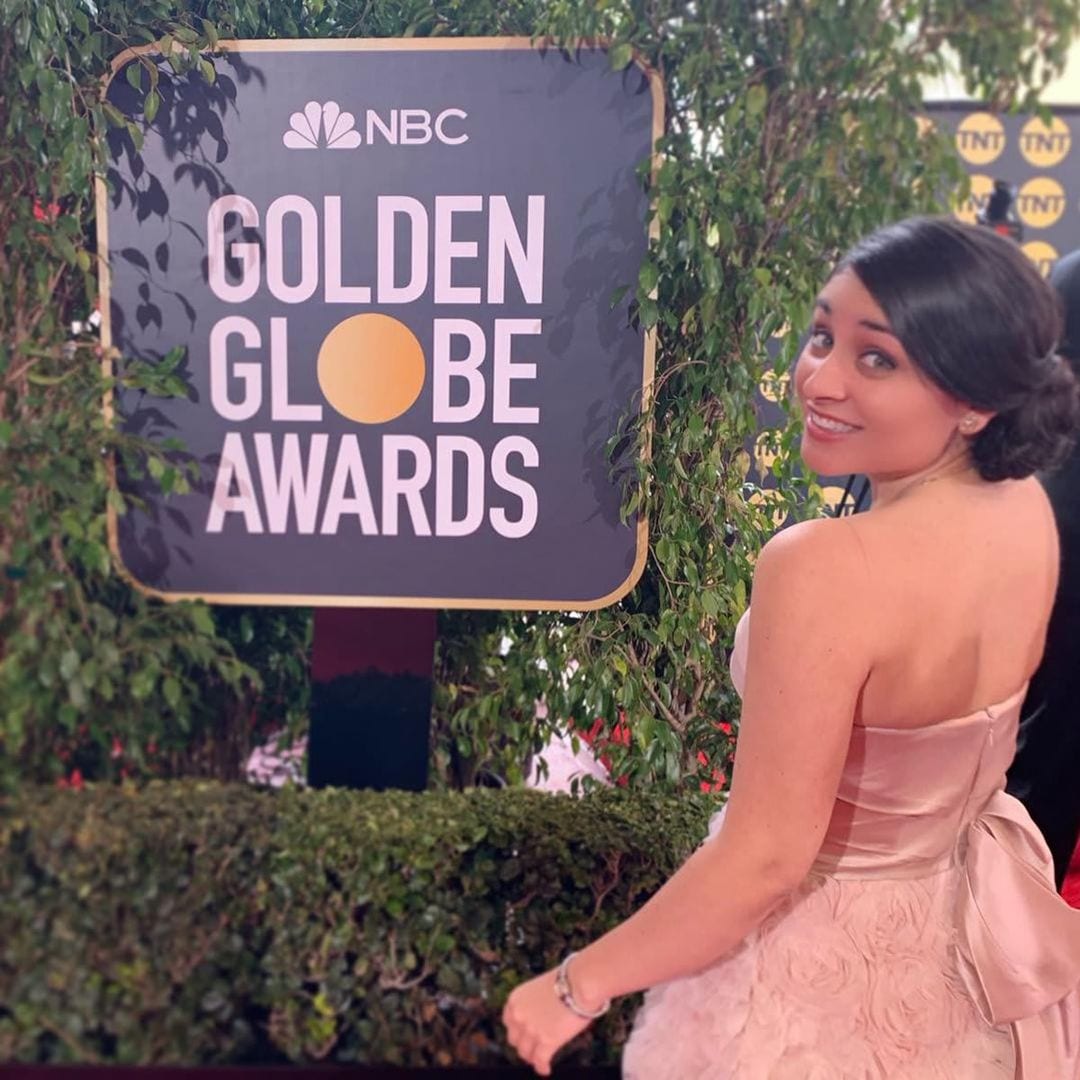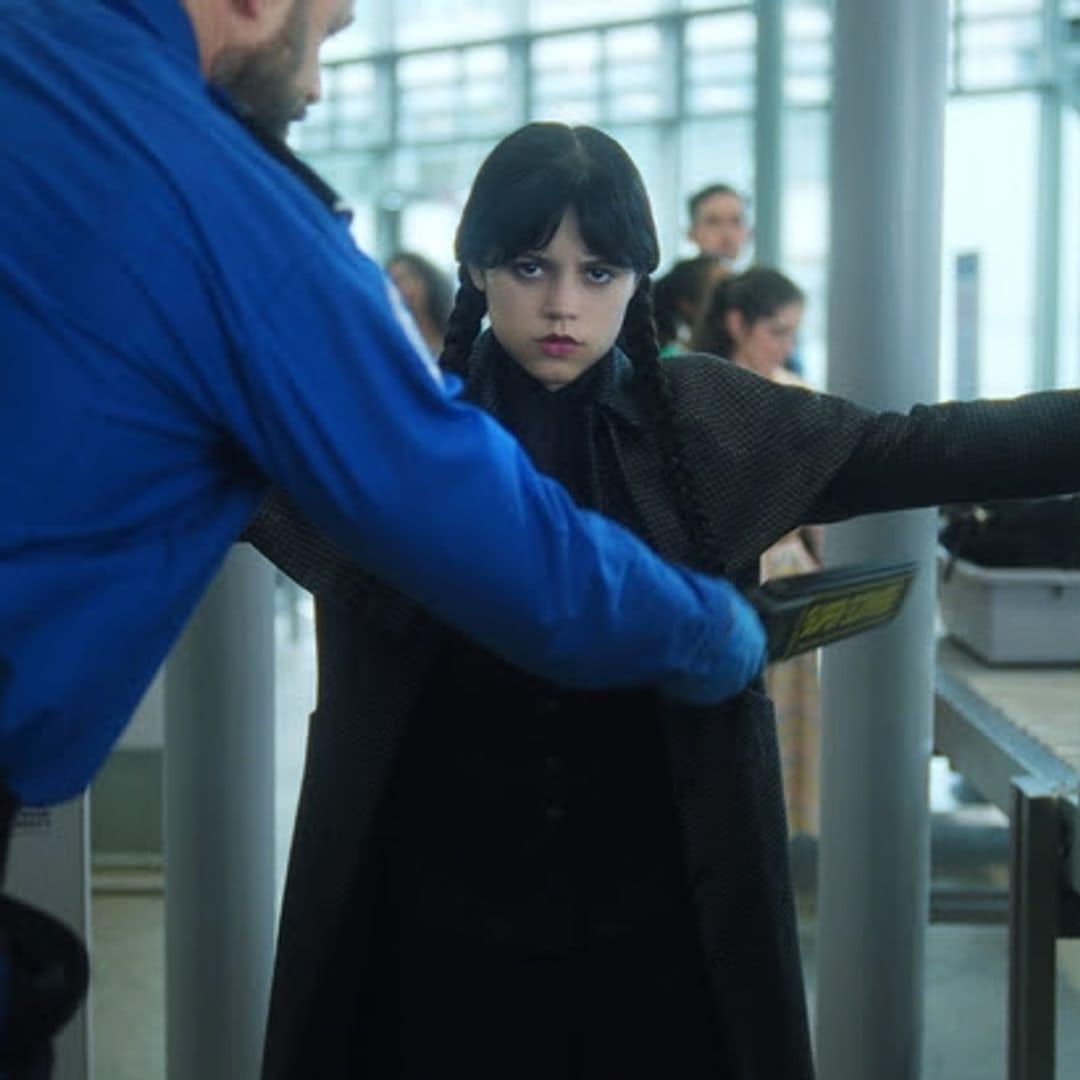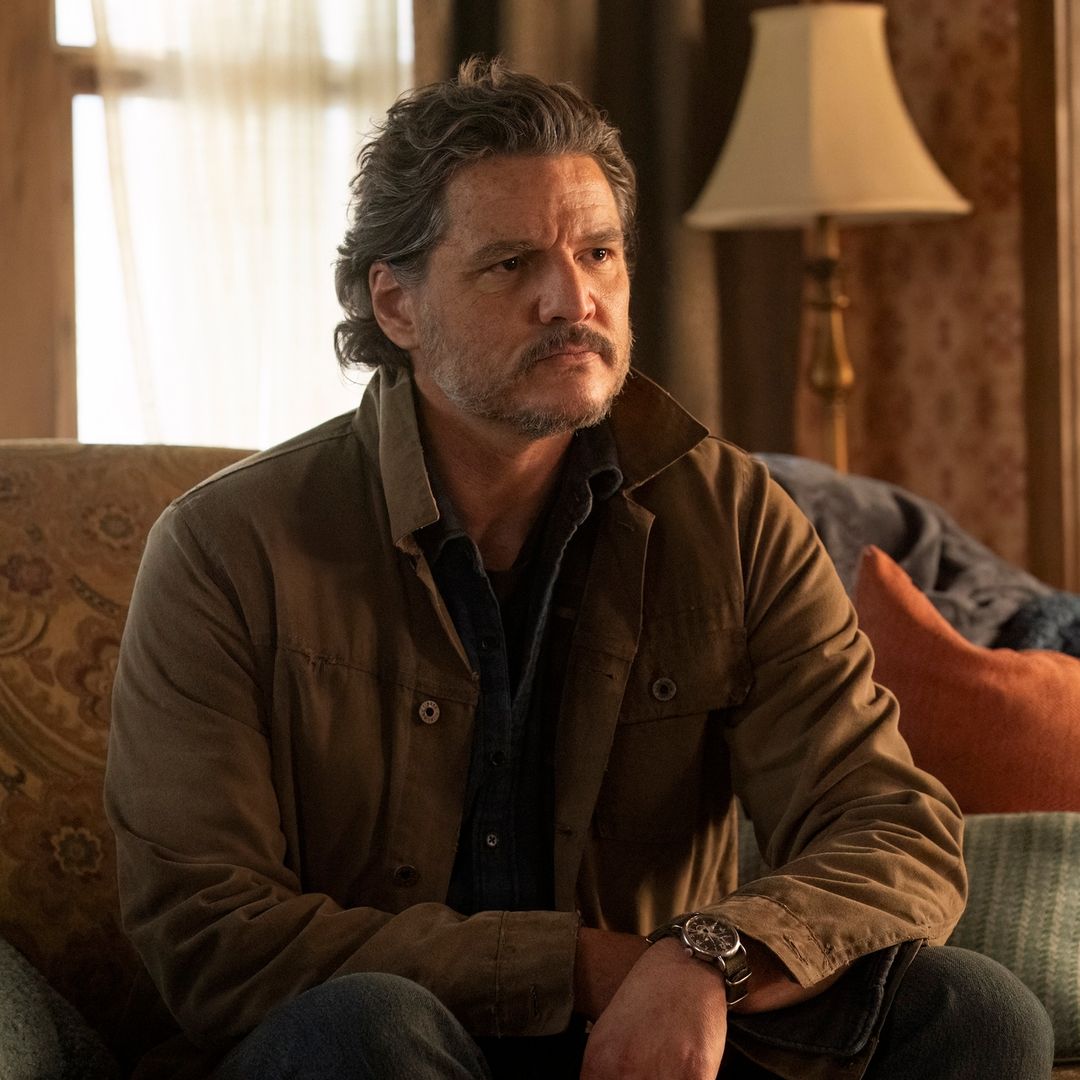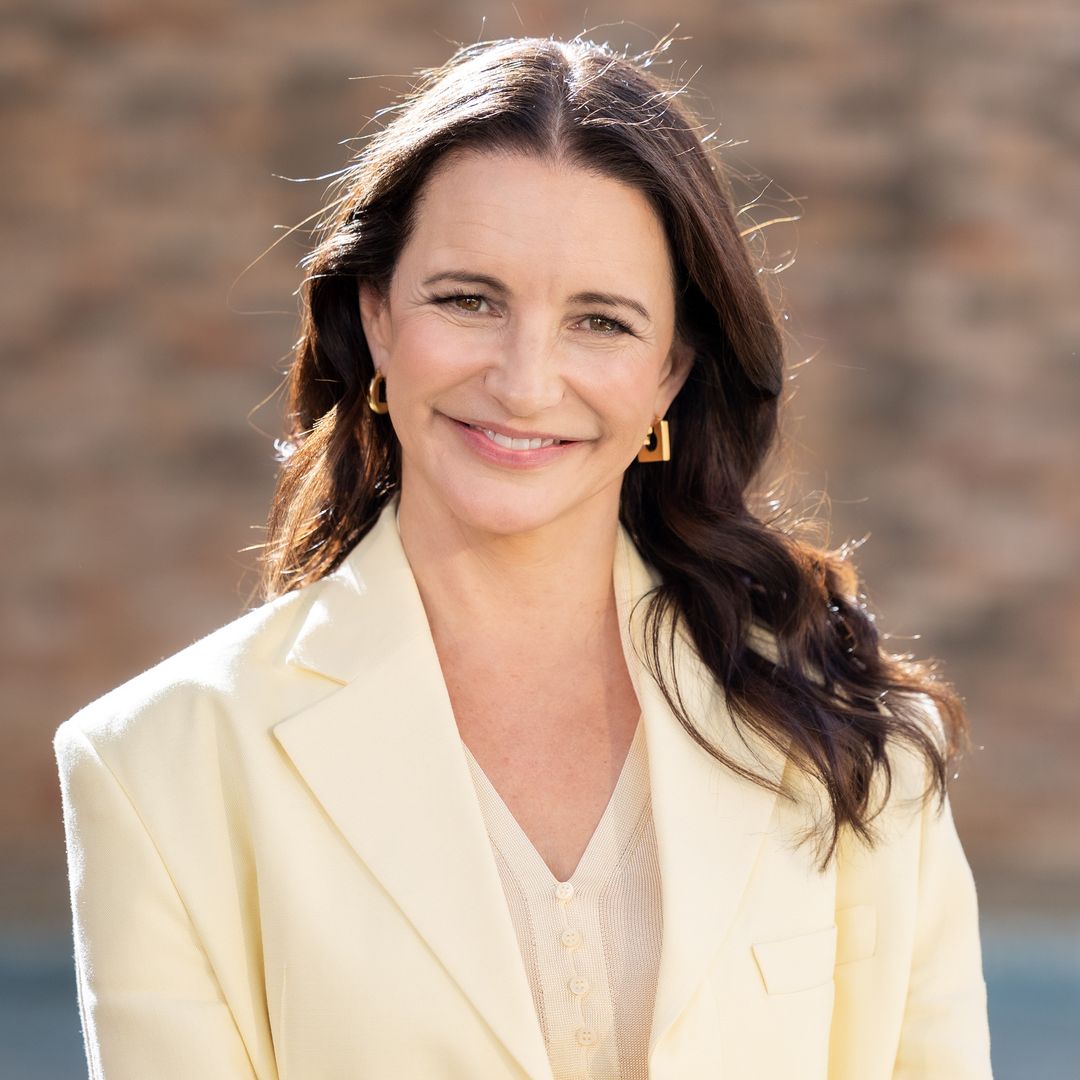The Crown is back for its final season...but not all of the episodes are on Netflix! The sixth season of the award-winning drama was divided into two parts. Part 1 of Season 6 debuted on Thursday, Nov. 16, with four episodes titled “Persona Non Grata,” “Two Photographs,” “Dis-Moi Oui” and “Aftermath.”
The remaining six episodes are set to drop on the streamer when Part 2 is released at 3 a.m. ET on Dec. 14. Imelda Staunton reprised her role as Queen Elizabeth II in the final season. The cast also includes Jonathan Pryce as Prince Philip, Lesley Manville as Princess Margaret, Dominic West as Prince Charles, Elizabeth Debicki as Princess Diana, Claudia Harrison as Princess Anne, Olivia Williams as Camilla Parker Bowles, Bertie Carvel as Tony Blair, Salim Daw as Mohamed Al Fayed, and Khalid Abdalla as Dodi Fayed.
Rufus Kampa and Fflyn Edwards played Prince William and Prince Harry, respectively, in Part 1, while Ed McVey took over the role of Prince William in Part 2. The second half of Season 6 will also star Luther Ford as Prince Harry and Meg Bellamy as Kate Middleton.
The logline for the final season reads: “A relationship blossoms between Princess Diana and Dodi Fayed before a fateful car journey has devastating consequences. Prince William tries to integrate back into life at Eton in the wake of his mother’s death as the monarchy has to ride the wave of public opinion. As she reaches her Golden Jubilee, the Queen reflects on the future of the monarchy with the marriage of Charles and Camilla and the beginnings of a new Royal fairytale in William and Kate.”
The sixth and final season of The Crown covers events from 1997 through 2005. When it was announced in 2020 that The Crown would be going back to the original plan and ending with six seasons, creator Peter Morgan said, “To be clear, Series 6 will not bring us any closer to present day - it will simply enable us to cover the same period in greater detail.”
According to Variety , Peter felt like 2005 was the right place to stop. “It was the cutoff to keep it historical, not journalistic,” Peter said. “I think by stopping almost 20 years before the present day, it’s dignified.”
,type=downsize)




